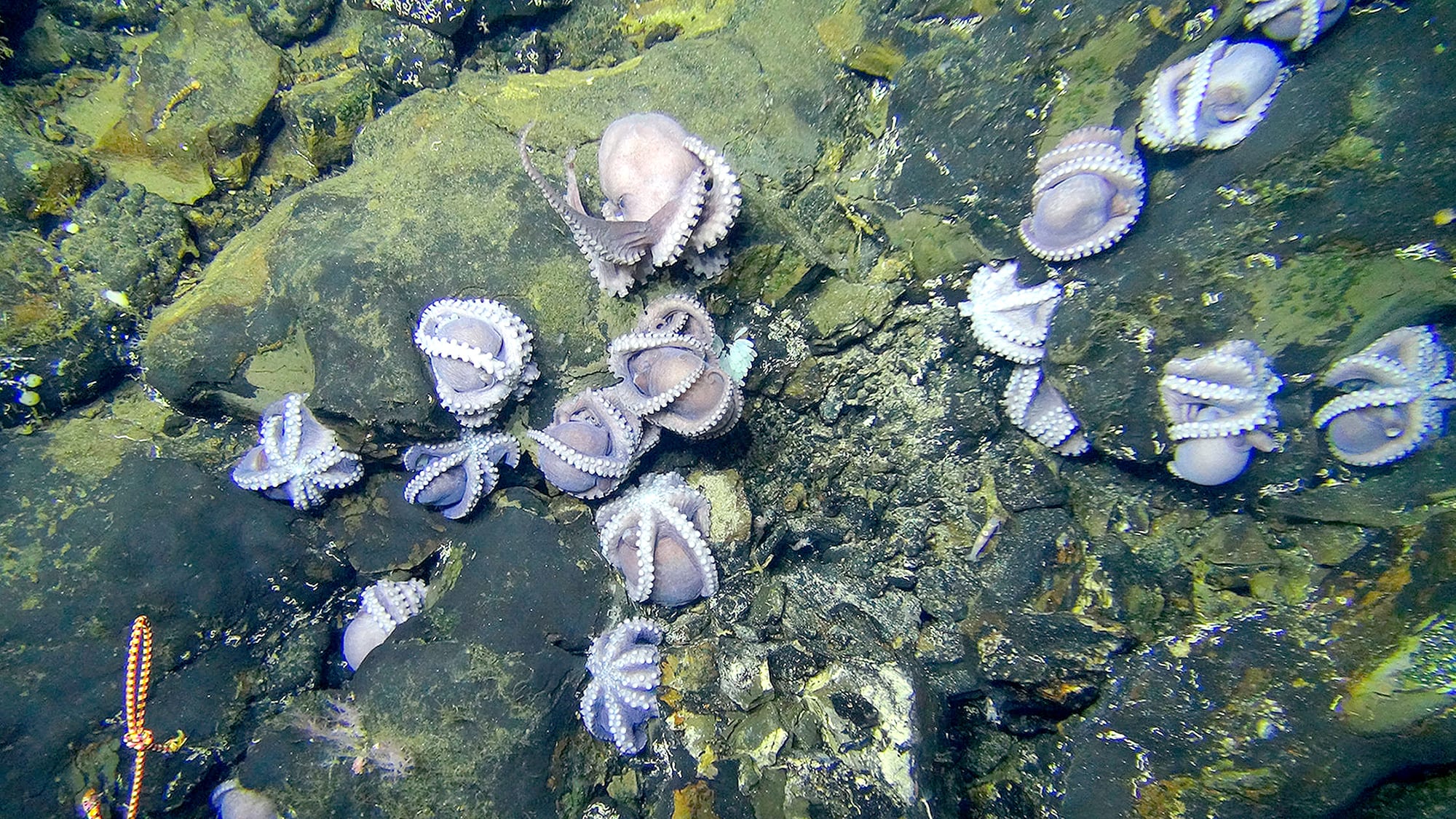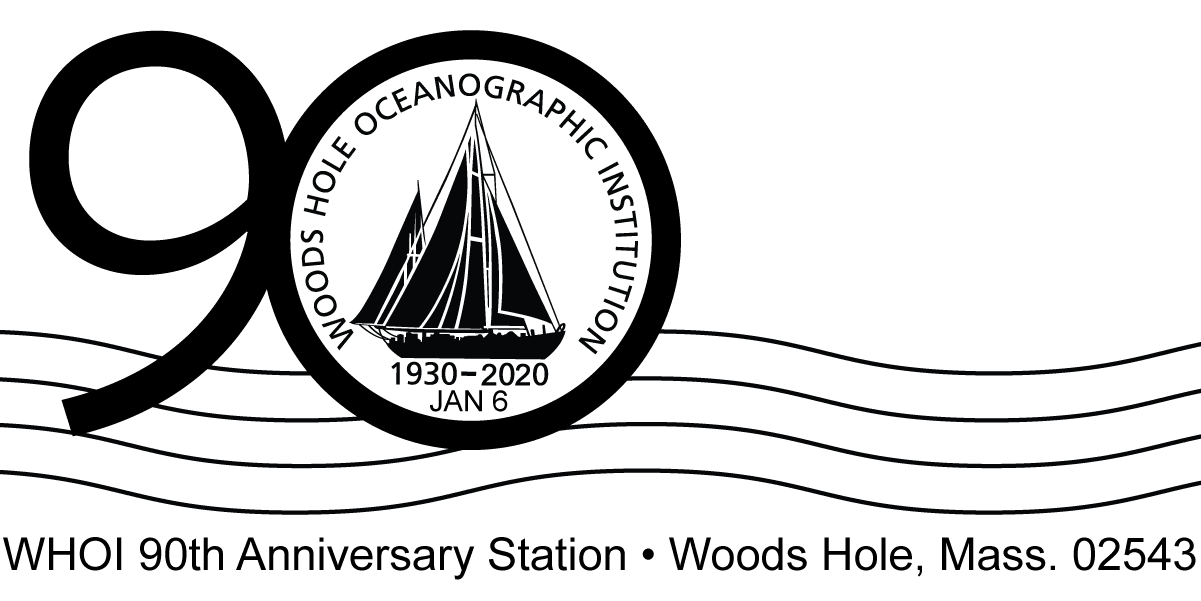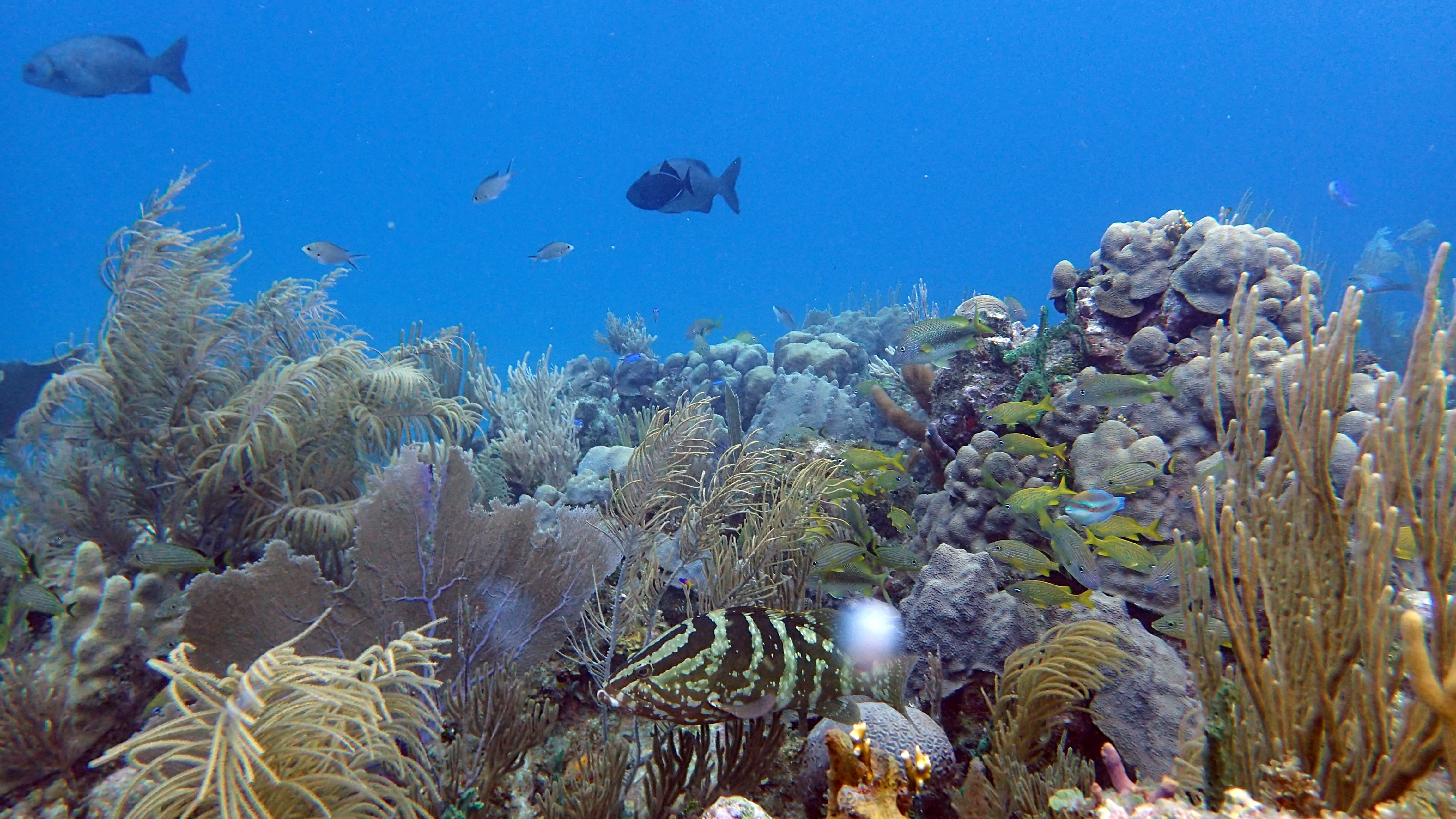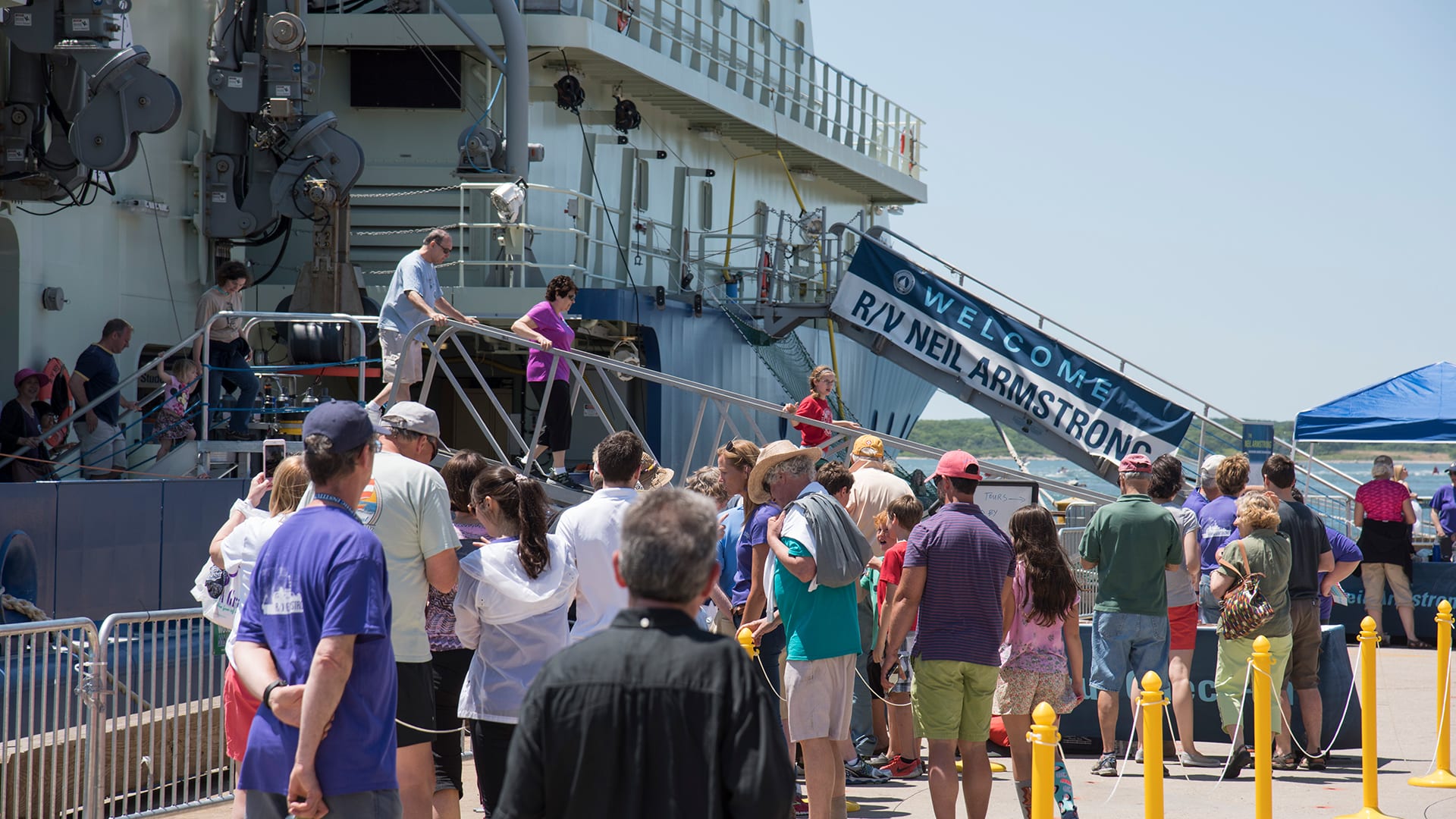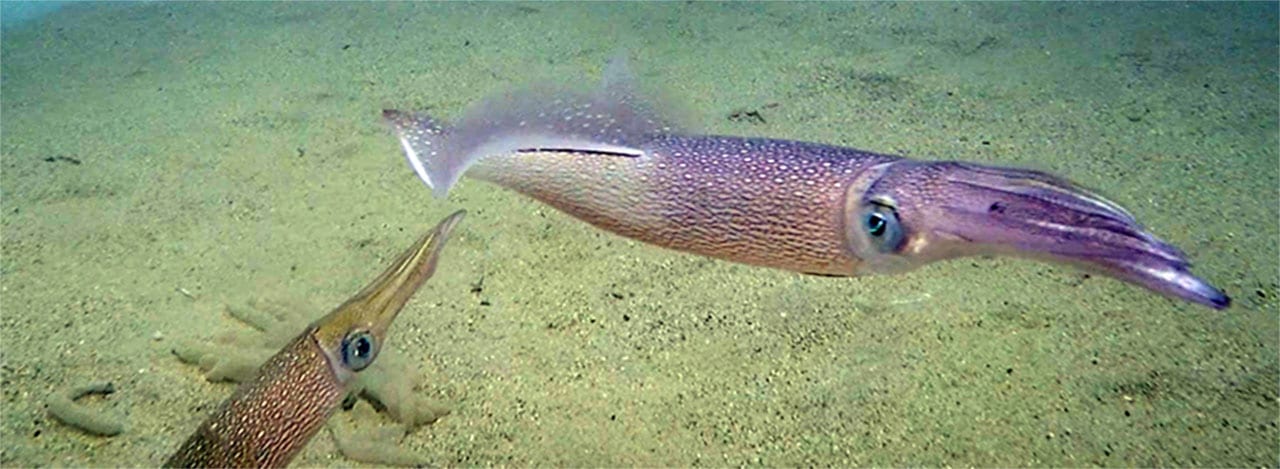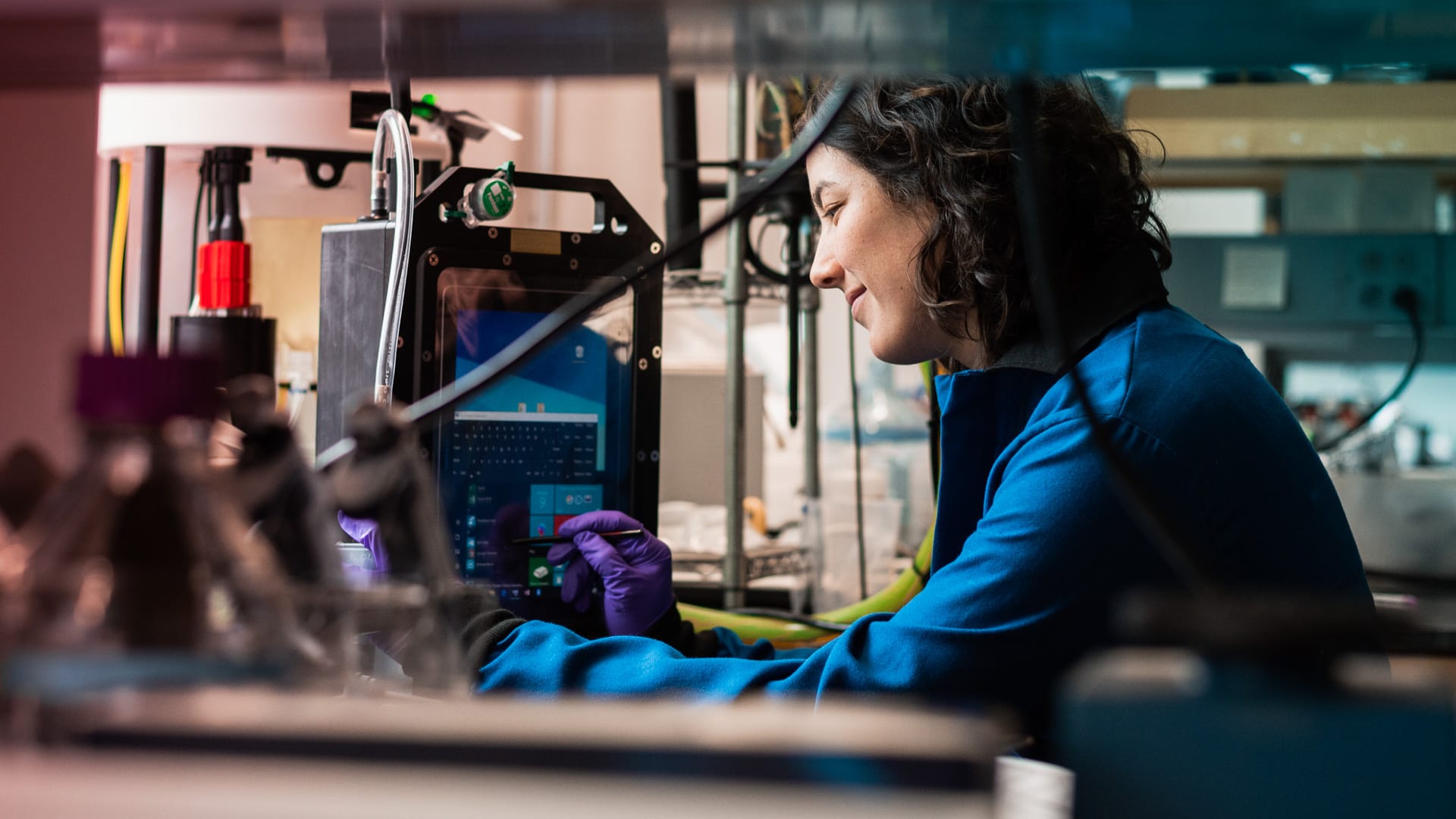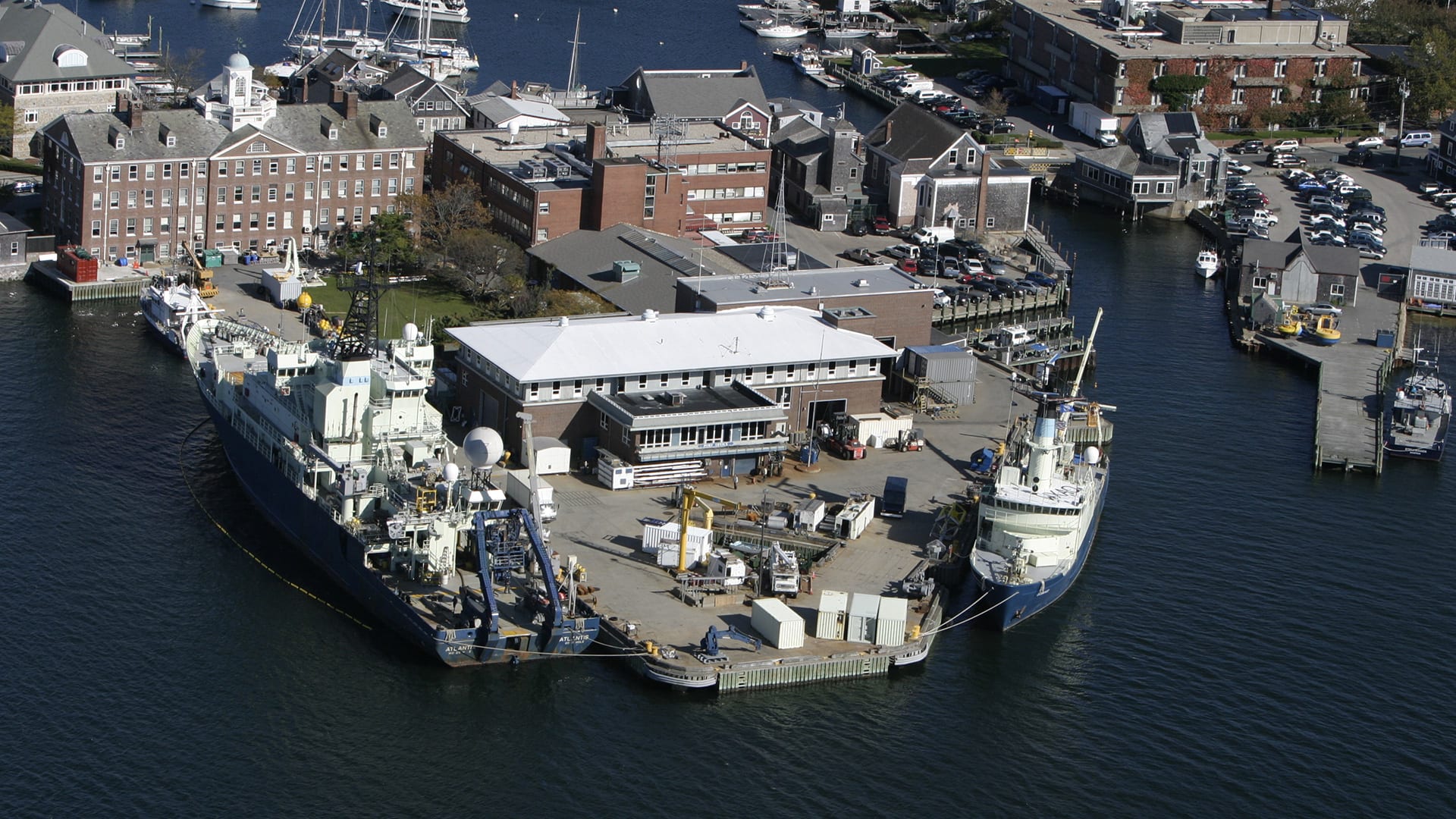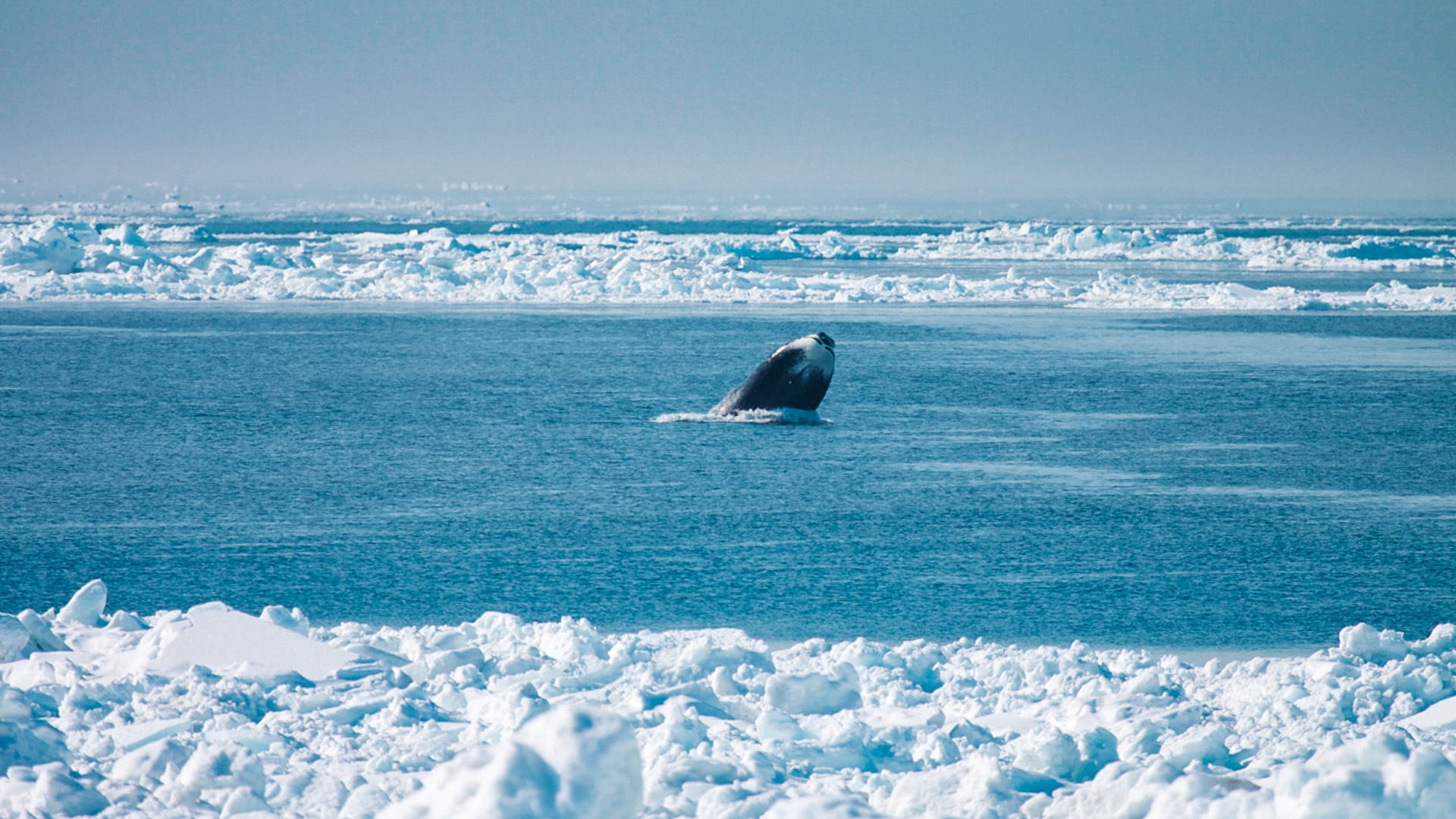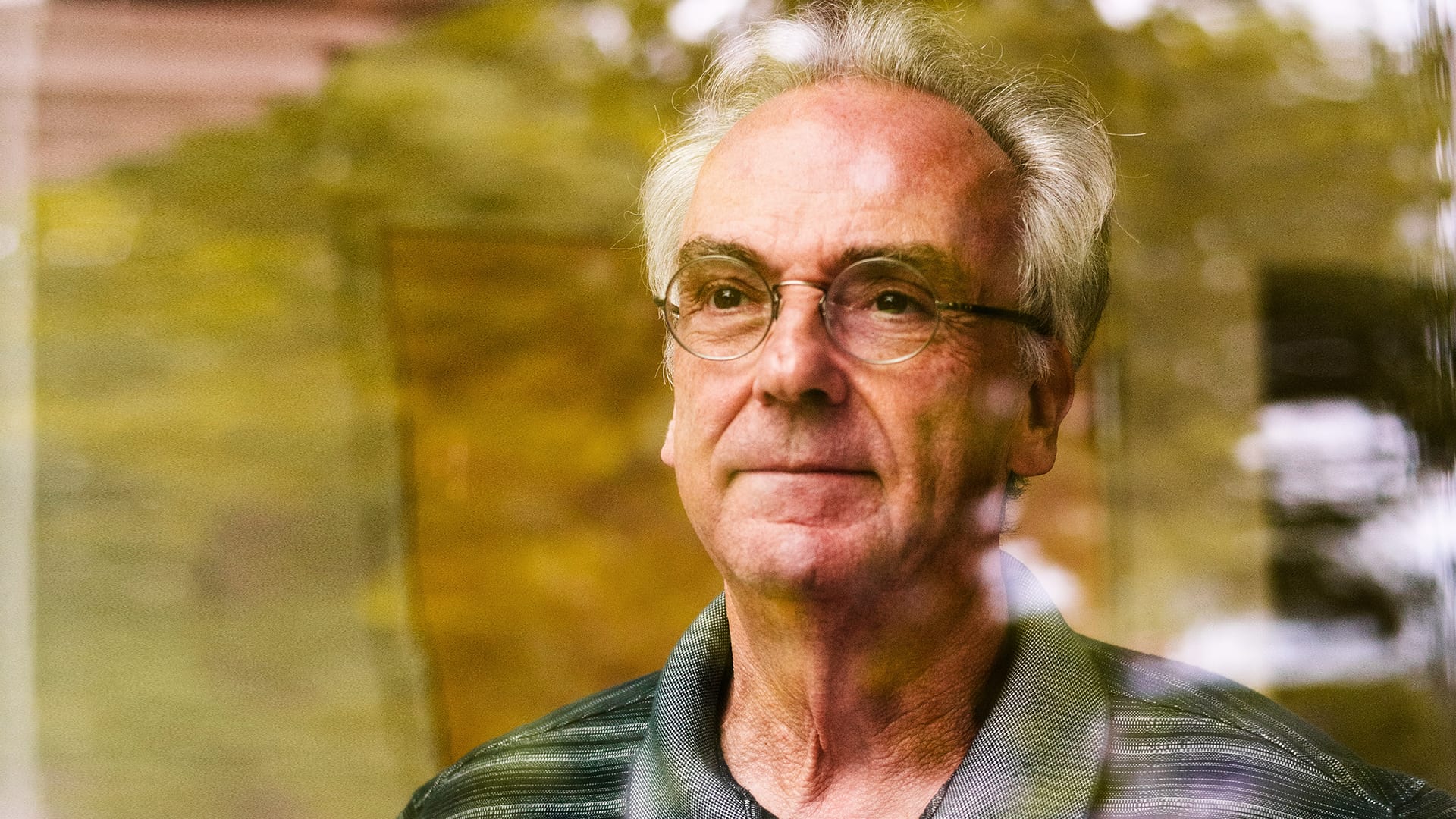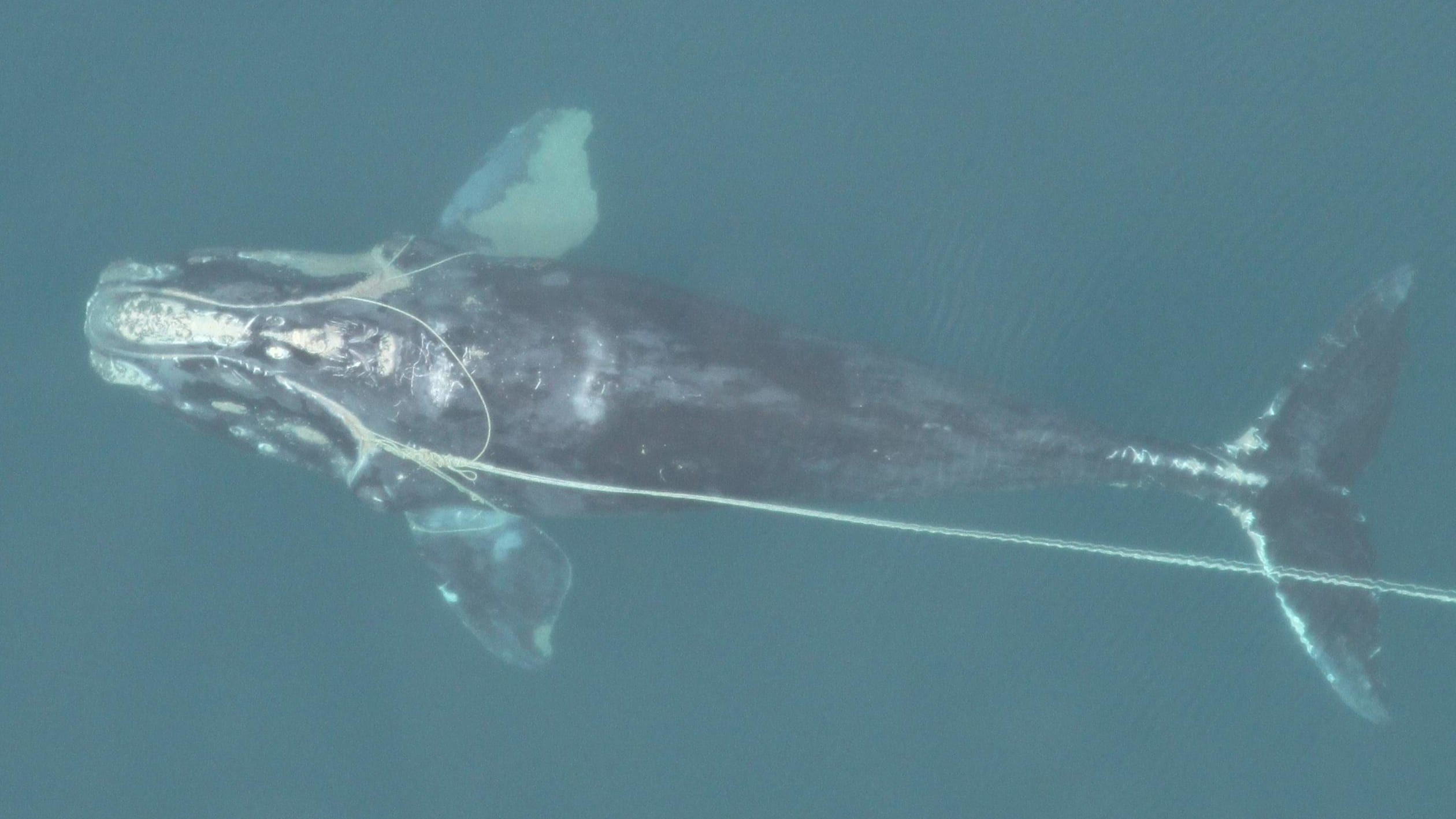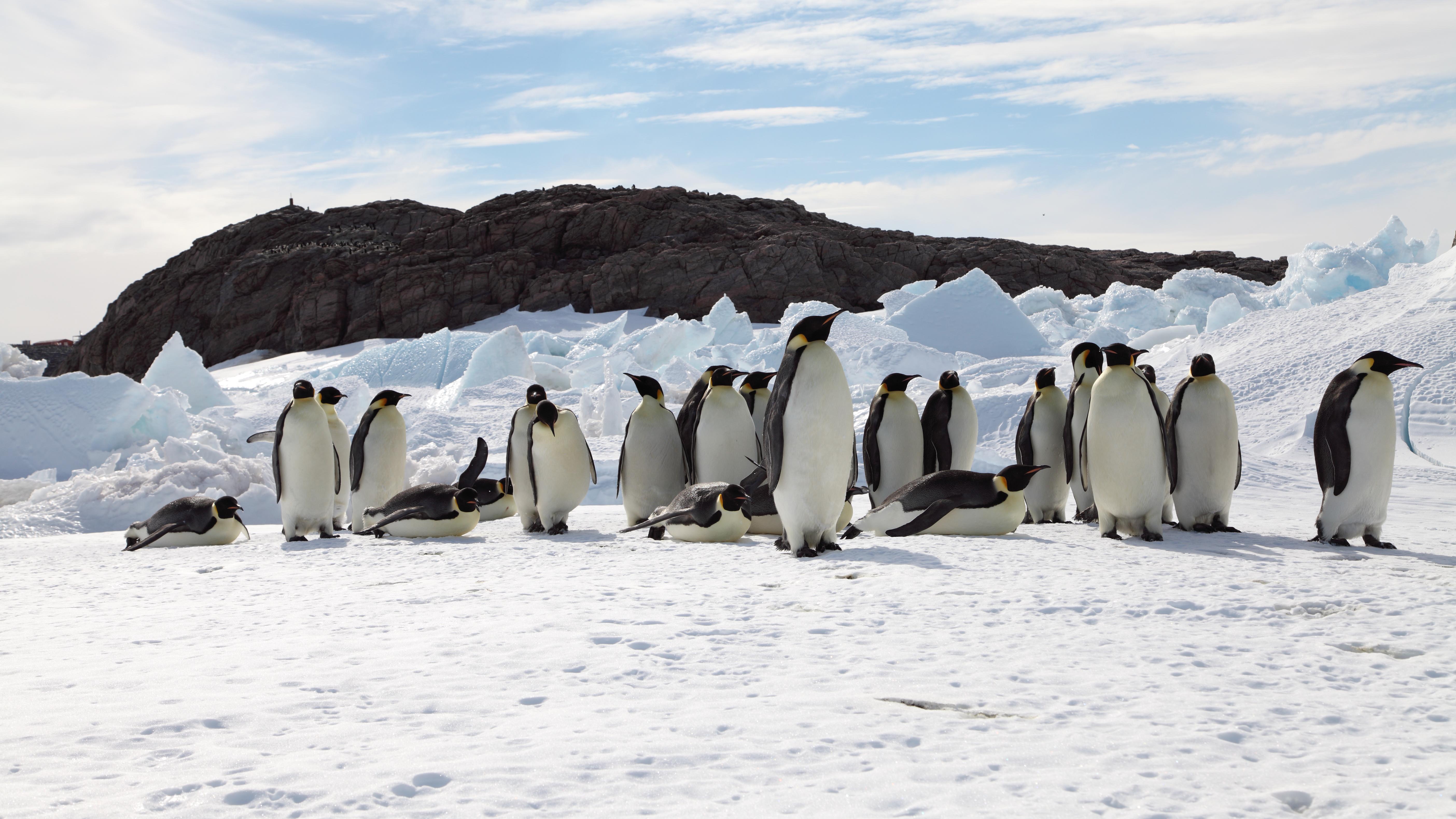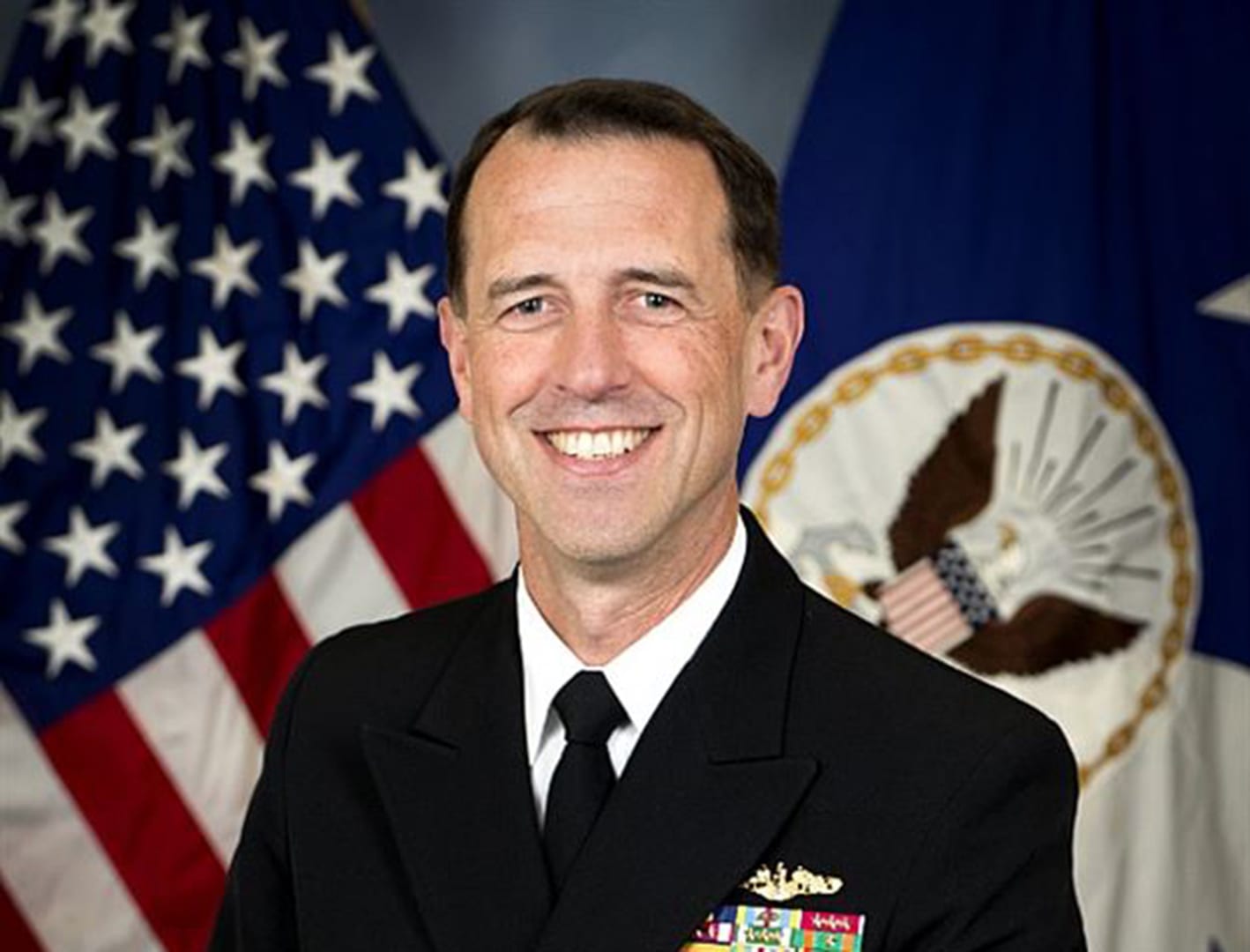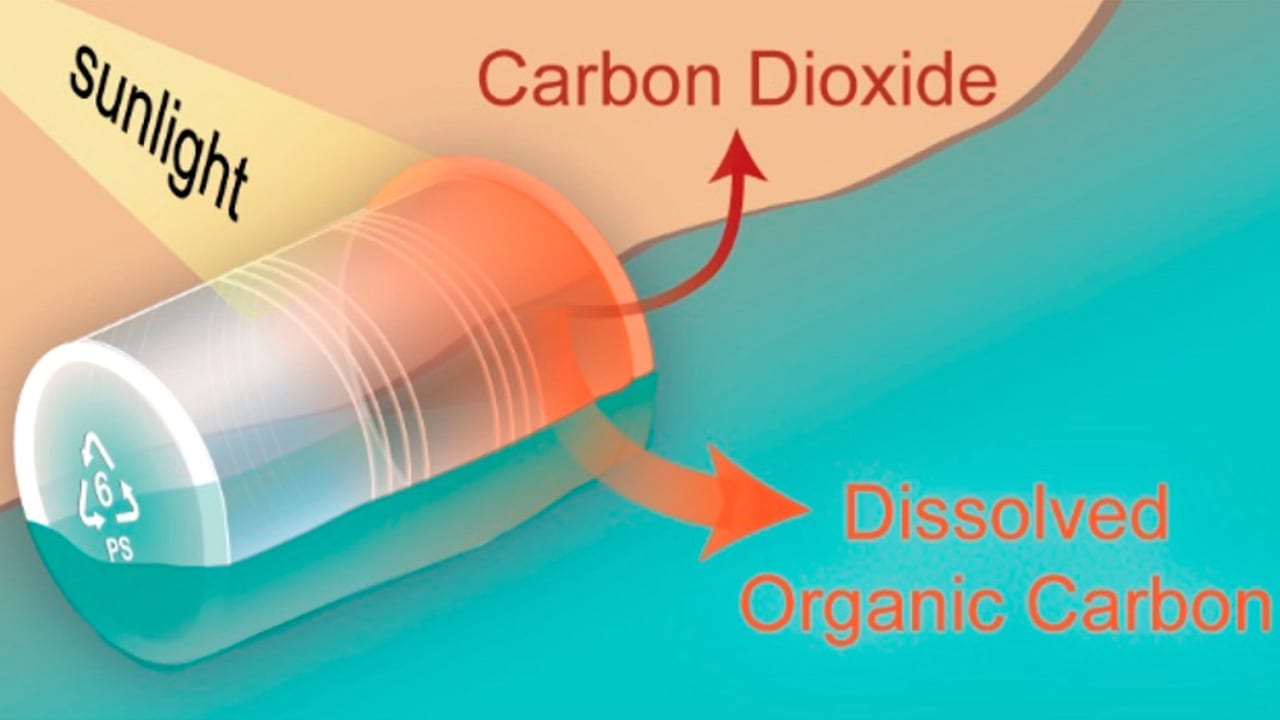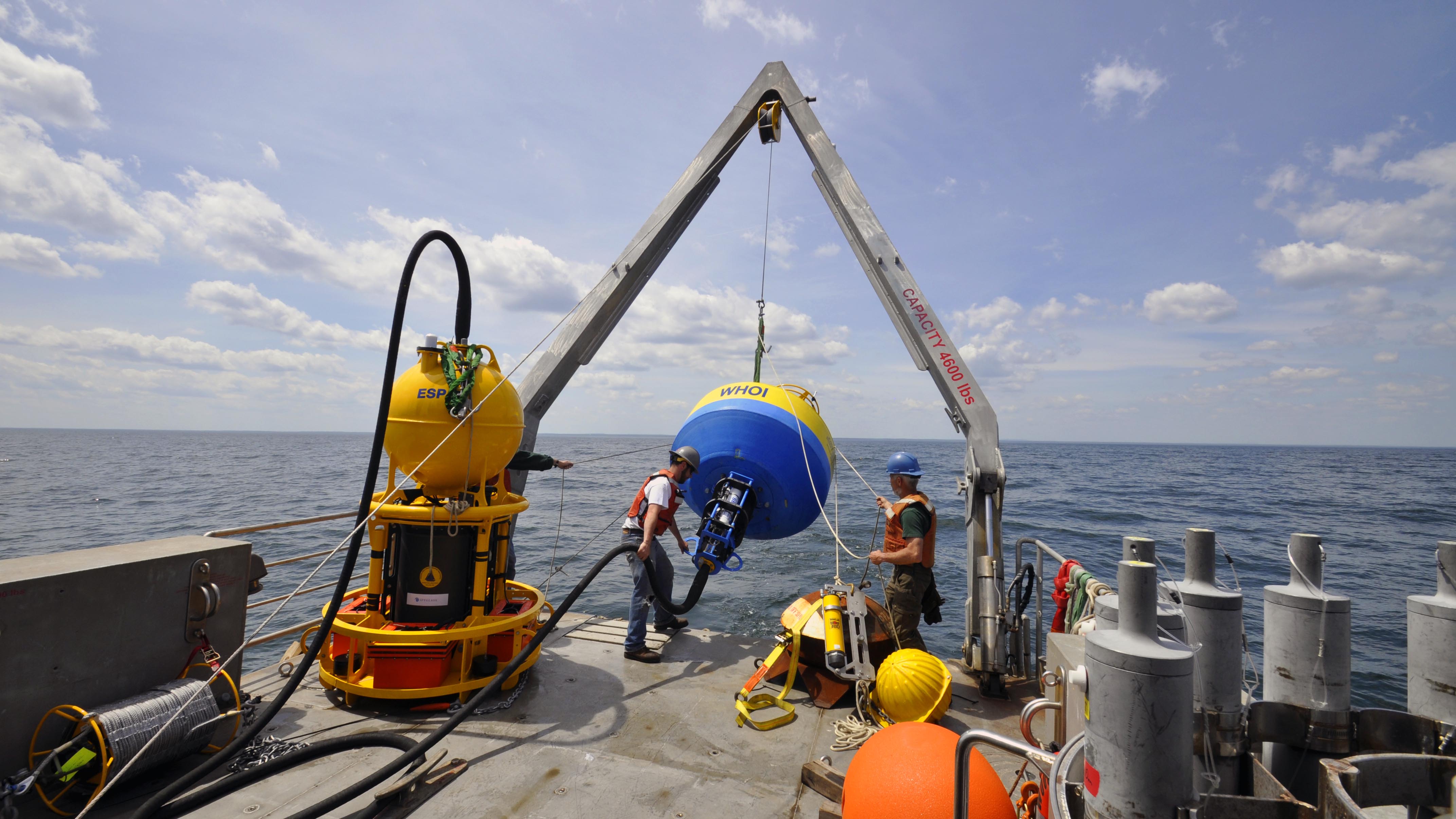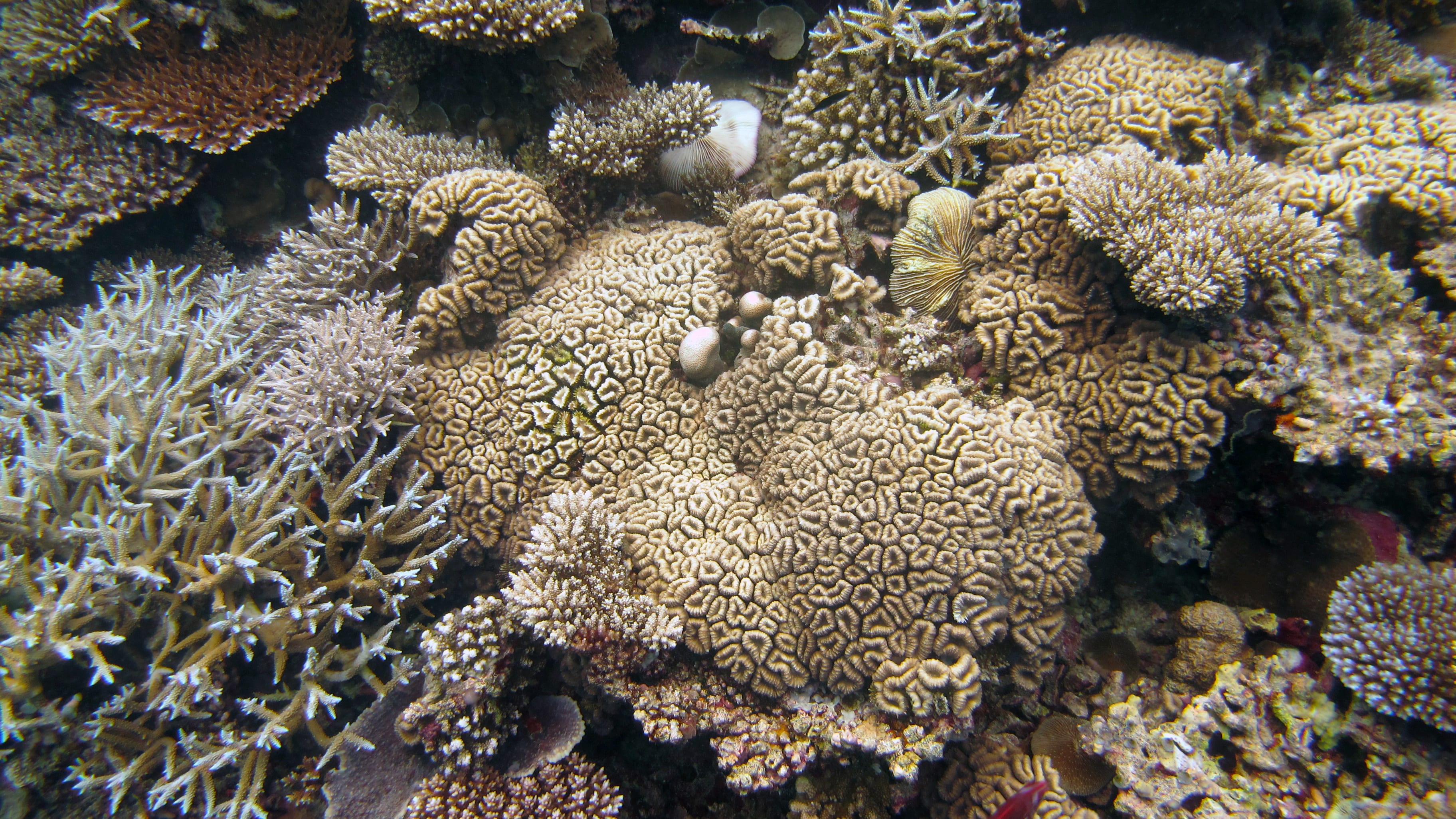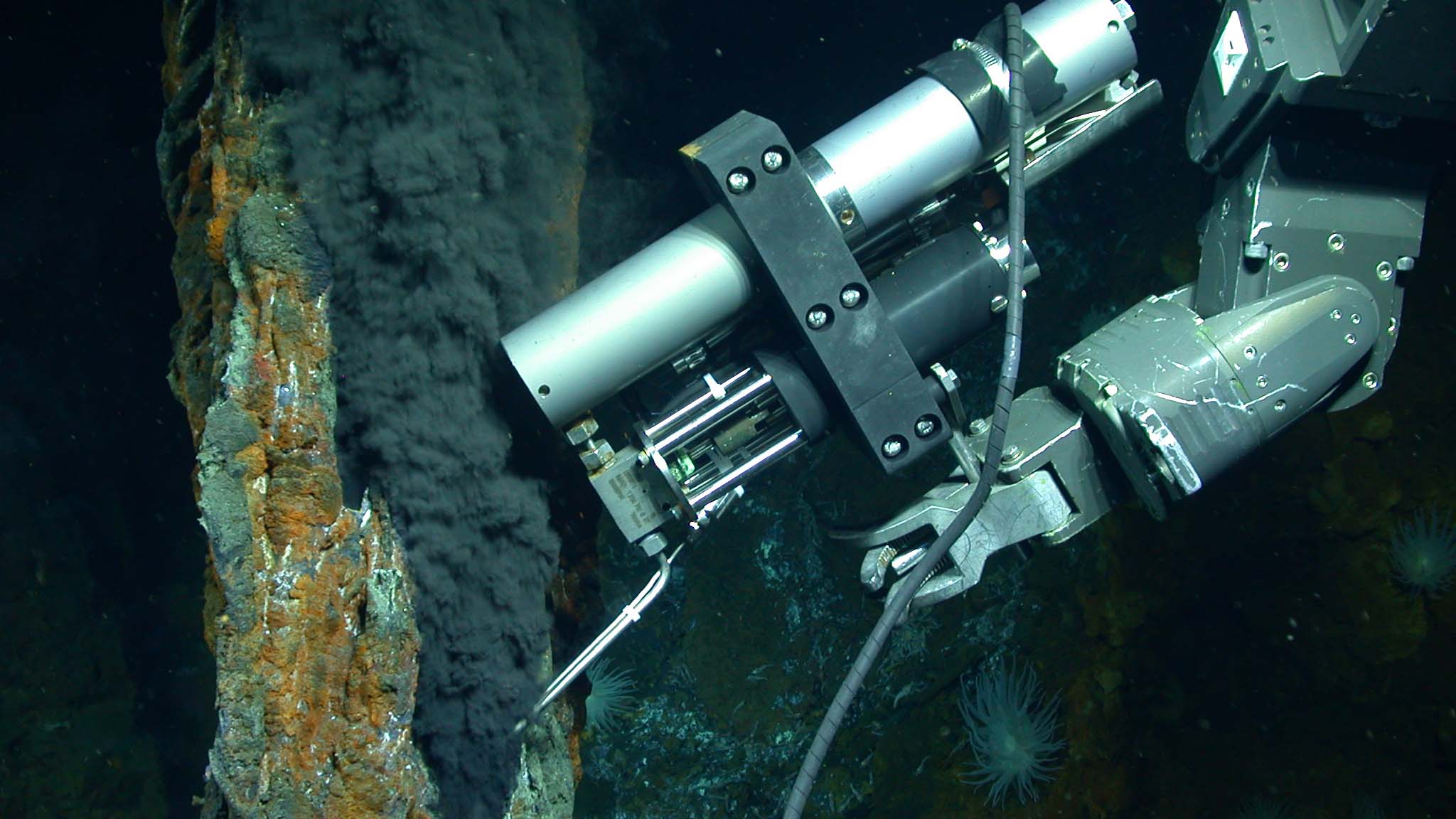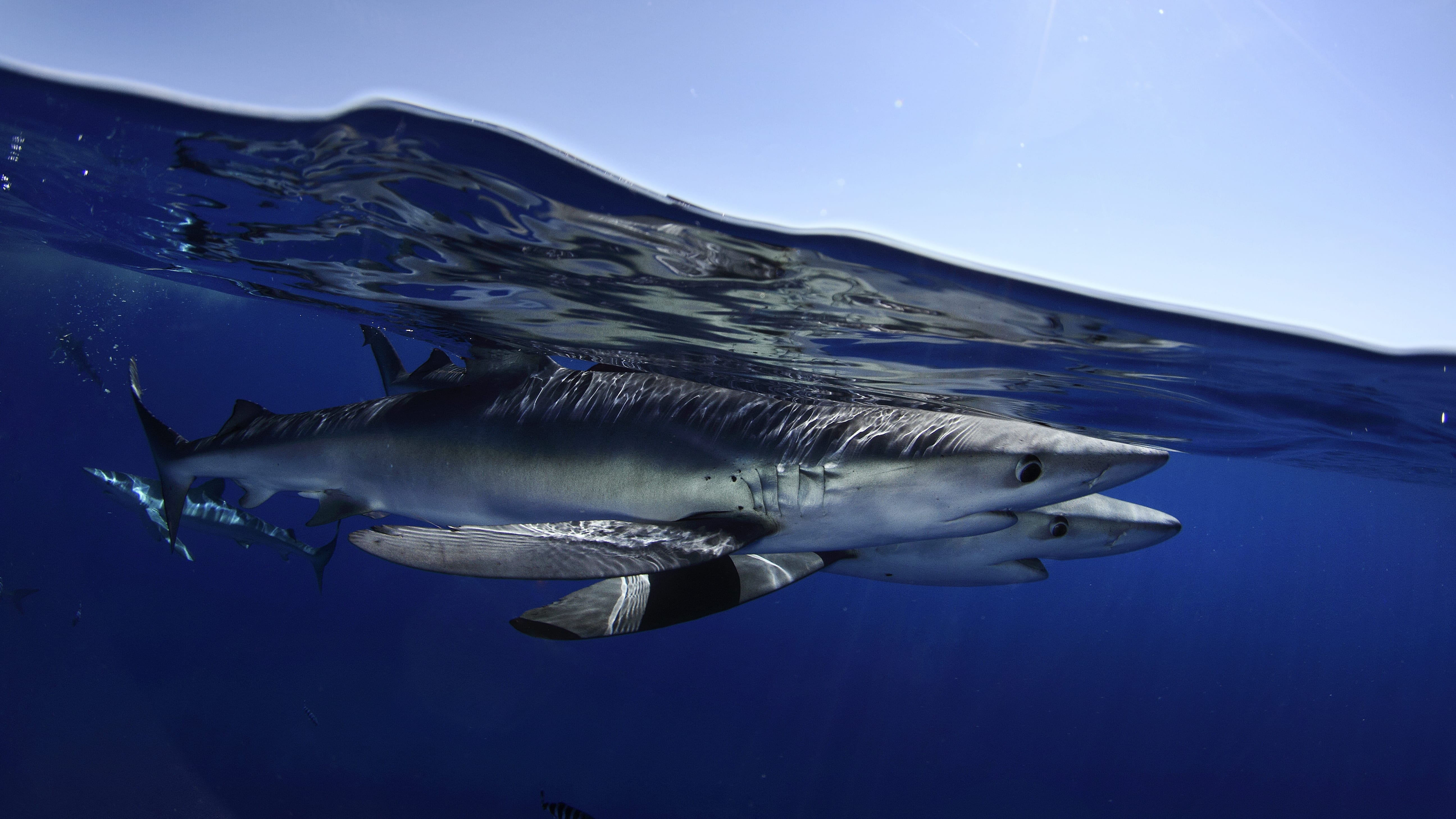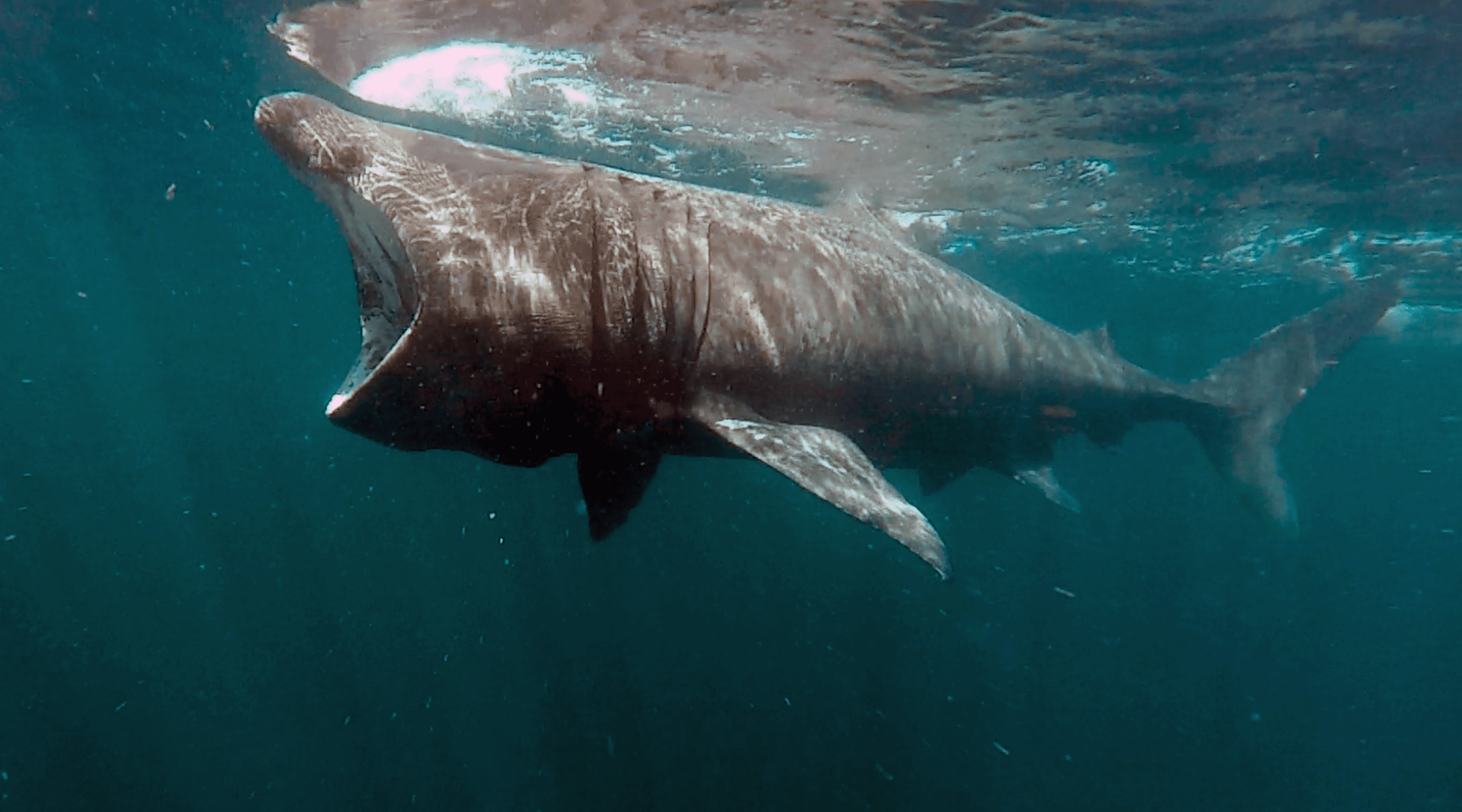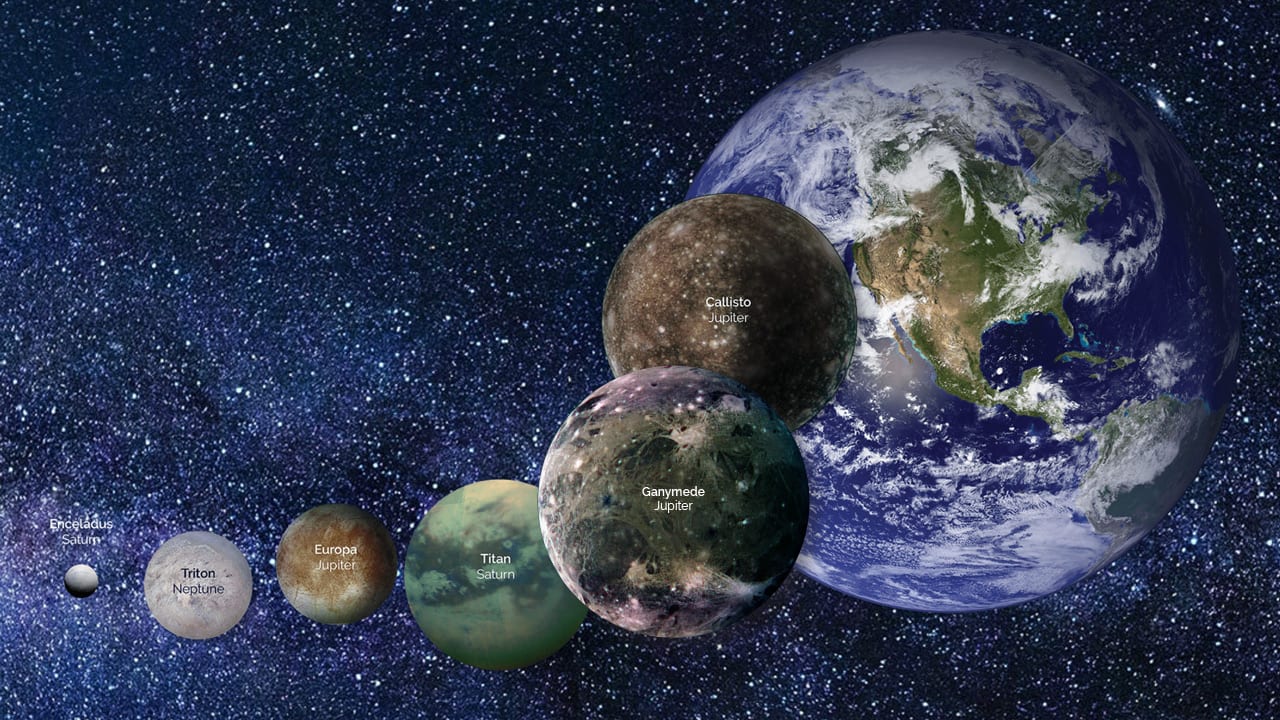News Releases
Study weighs deep-sea mining’s impact on microbes
The essential roles that microbes play in deep-sea ecosystems are at risk from the potential environmental impacts of mining, according to a new paper. The study reviews what is known about microbes in these environments and assesses how mining could impact their important environmental roles.
Read MoreWHOI scientist to provide testimony on climate science and solutions
Richard Murray, Deputy Director and Vice President for Research at Woods Hole Oceanographic Institution (WHOI), will testify before the Committee on Science, Space, and Technology of the U.S. House of Representatives on January 15, 2020.
Read MoreWHOI underwater robot takes first known automated sample from ocean
A hybrid remotely operated vehicle developed by Woods Hole Oceanographic Institution (WHOI) took the first known automated sample performed by a robotic arm in the ocean.
Read MoreLimited-edition Pictorial Postmark honors WHOI’s 90th Anniversary
This year marks WHOI’s 90th Anniversary. To honor this milestone, a limited-edition Pictorial Postmark will be available to the public on Monday, January 6, 2020 in Woods Hole Village, or through the postal service until the end of the month.
Read MoreHow microbes reflect the health of coral reefs
A collaborative study compared seawater from 25 reefs in Cuba and the U.S. Florida Keys varying in human impact and protection, and found that those with higher microbial diversity and lower concentrations of nutrients and organic carbon—primarily caused by human activities—were markedly healthier.
Read MoreWHOI’s economic impacts are far-reaching
The economic value of the Woods Hole Oceanographic Institution (WHOI) extends far beyond the footprint of its two campuses in Woods Hole, Massachusetts, according to a new study by the University of Massachusetts Donahue Institute.
Read MoreUnderwater pile driving noise causes alarm responses in squid
Exposure to underwater pile driving noise, which can be associated with the construction of docks, piers, and offshore wind farms, causes squid to exhibit strong alarm behaviors.
Read MoreWHOI-engineered DISCO allows scientists to measure highly reactive superoxide on coral reefs
WHOI researchers successfully conceived and tested a portable device, DISCO, that performed the first in situ measurements of a highly reactive type of oxygen, known as superoxide, which may play an integral role in the health of coral reefs.
Read MoreWHOI Board Launches Presidential Search
The Board of Trustees at Woods Hole Oceanographic Institution (WHOI) announced the formation of the Presidential Search Committee (PSC), whose members are tasked with recommending the Institution’s next president and director. Dr. Mark Abbott, current WHOI president and director, announced plans to step down at the end of 2020 at a town hall meeting on November 22, 2019.
Read MoreWhales may owe their efficient digestion to millions of tiny microbes
A study by researchers at Woods Hole Oceanographic Institution (WHOI) shows that the microbial communities inside whales may play an important role in the digestion of one of the ocean’s most abundant carbon-rich lipids, known as a wax ester.
Read MoreWHOI president to step down next year
Woods Hole Oceanographic Institution (WHOI) President and Director Mark Abbott plans to step down at the end of 2020.
Read MoreClownfish can’t adapt to rapid environmental changes
The beloved anemone fish popularized by the movies “Finding Nemo” and “Finding Dory” don’t have the genetic capacity to adapt to rapid changes in their environment, according to a new study in the journal Ecology Letters.
Read MoreSeaWorld & Busch Gardens conservation fund commits $900,000 to protect critically endangered North Atlantic right whales
The funding provided by the SeaWorld Conservation Fund will be primarily used to test alternative non-lethal fishing gear. Whales and sea turtles commonly entangle in ropes that connect crab or lobster traps on the sea floor to buoys on the sea surface.
Read MoreUnless warming is slowed, emperor penguins will be marching towards extinction
Emperor penguins are some of the most striking and charismatic animals on Earth, but a new study from the Woods Hole Oceanographic Institution has found that a warming climate may render them extinct by the end of this century. The study, which was part of an international collaboration between scientists, published Nov. 7, 2019, in the journal Global Change Biology.
Read MoreAdmiral John Richardson joins WHOI Board of Trustees
Woods Hole Oceanographic Institution is pleased to announce that Admiral John Richardson has joined the WHOI Board of Trustees.
Read MoreSunlight degrades polystyrene faster than expected
The general consensus of governmental agencies is that it takes polystyrene thousands of years to fully break down. But a new study shows that it may instead degrade in decades or centuries when exposed to sunlight.
Read MoreNOAA awards WHOI $2.9 million for harmful algal bloom research
NOAA’s National Centers for Coastal Ocean Science recently announced funding for 12 new research projects to better understand and predict harmful algal blooms (HABs) and improve our collective response to them.
Read MoreResearchers use drones to weigh whales
Researchers devised a way to accurately estimate the weight of free-living whales using only aerial images taken by drones.
Read MoreNew study measures how much of corals’ nutrition comes from hunting
A new study reveals that more of corals’ nutrients come from hunting than previously expected, information that may help predict the fate of coral reefs as global ocean temperatures rise.
Read MoreNew report takes in-depth look at factors contributing to sea level rise
Sea levels in many areas across the global ocean are rising. Since the turn of the 20th century, the seas have risen between six and eight inches globally.
Read MoreOrigin of Massive Methane Reservoir Identified
New research provides evidence of the formation and abundance of abiotic methane—methane formed by chemical reactions that don’t involve organic matter—on Earth and shows how the gases could have a similar origin on other planets and moons, even those no longer home to liquid water.
Read MoreBlue sharks use eddies for fast track to food
Blue sharks use large, swirling ocean currents, known as eddies, to fast-track their way down to feed in the ocean twilight zone—a layer of the ocean between 200 and 1000 meters deep containing the largest fish biomass on Earth, according to new research by the Woods Hole Oceanographic Institution (WHOI) and the Applied Physics Lab at the University of Washington (UW).
Read MoreSharkCam reveals secret lives of basking sharks in UK
An autonomous underwater vehicle (AUV) known as the REMUS SharkCam has been used in the UK for the first time to observe the behaviour of basking sharks in the Inner Hebrides, off the west coast of Scotland.
Read MoreNASA Makes Dual Investment in Ocean Worlds Research at the Woods Hole Oceanographic Institution
Agency funds five-year effort to understand the potential for life in outer solar system and establishes a new Network for Ocean Worlds The National Aeronautics and Space Administration (NASA) will…
Read More
